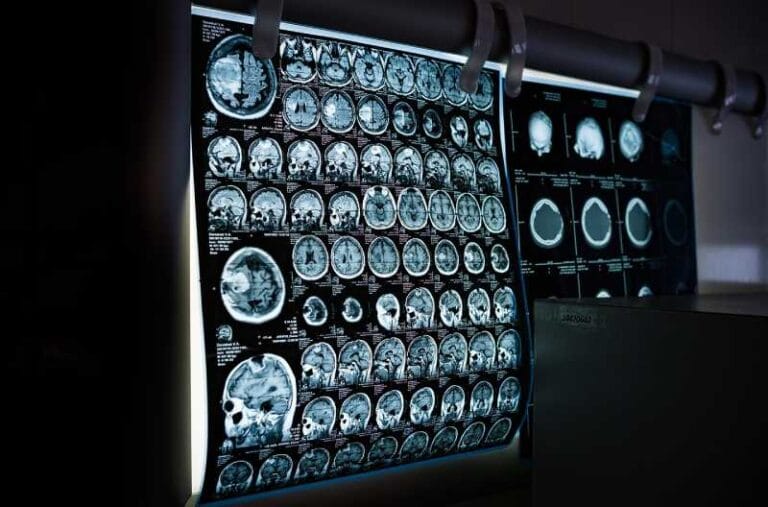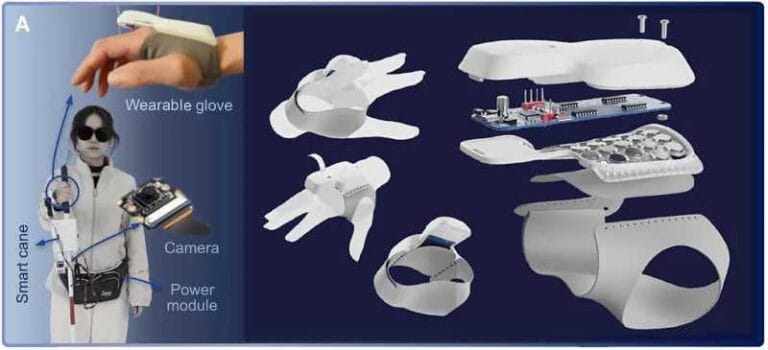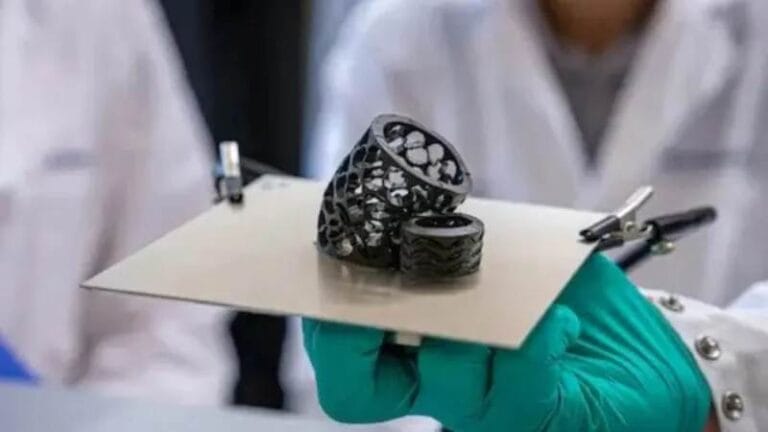Nanomaterial promises cancer diagnosis, treatment, and immune activation.
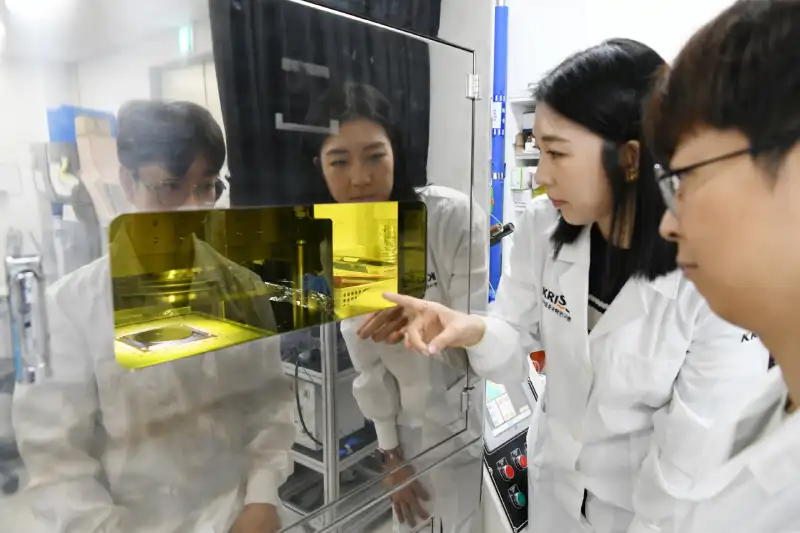
A groundbreaking nanomaterial developed by the Korea Research Institute of Standards and Science (KRISS) is redefining the role of nanotechnology in cancer treatment. This innovation—a three-layered nanodisk made of gold and iron—not only enables precise tumor diagnosis and therapy but also activates the body’s immune response, all at the same time.
Published in the Chemical Engineering Journal, the study highlights how this integrated approach overcomes the limitations of conventional cancer treatments such as surgery, radiation, and chemotherapy, which often harm healthy tissues and cause severe side effects.
Named AuFeAuNDs, the new nanomaterial features a disk-shaped structure with gold on the outer layers and iron in the middle. This design provides greater stability compared to traditional spherical nanomaterials.
When a magnetic field is applied near a tumor, the iron component acts like a “magnet,” guiding the nanodisk directly to the tumor site. This targeted delivery significantly enhances treatment effectiveness while minimizing collateral damage.
Another key innovation is the nanodisk’s photoacoustic (PA) imaging capability, which allows real-time tracking of the material inside the body. Using a laser beam to heat the nanodisk, the process generates vibrations that are captured via ultrasound and converted into images.
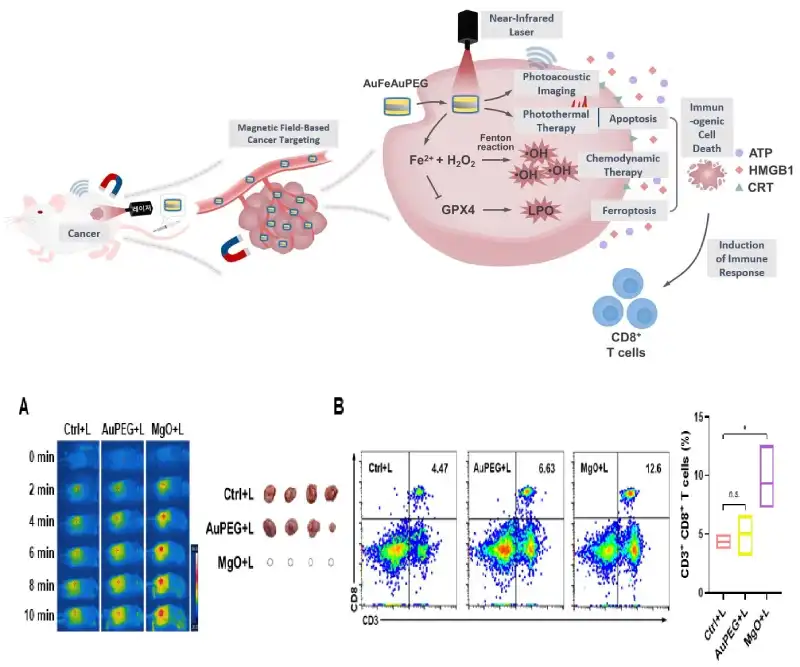
Through this technology, researchers discovered that the optimal time to begin treatment is approximately six hours after administration, when the highest concentration of nanoparticles accumulates in the tumor.
Unlike conventional nanomaterials that typically perform only a single function, the Korean nanodisk simultaneously enables three therapeutic mechanisms:
- Photothermal therapy (PTT): Gold nanoparticles generate heat to destroy cancer cells.
- Chemodynamic therapy (CDT): Iron triggers toxic oxidation reactions within the tumor.
- Ferroptosis therapy: Iron promotes cell death by inducing lipid degradation.
This multi-pronged approach broadens the material’s effectiveness across various cancer types, overcoming the limitations of single-strategy treatments.
After completing its therapeutic action, the nanodisk also triggers an immune response against cancer. As it destroys tumor cells, it stimulates the release of danger-associated molecular patterns (DAMPs), which act as alarms to activate the immune system. In animal tests, this response led to a threefold increase in immune cell levels.
According to lead researcher Dr. Lee Eun Sook, the findings mark a turning point in nanomaterial-based therapies:
“Unlike conventional nanomaterials, which are typically composed of a single element and serve only one function, the material developed in this study harnesses both gold and iron to perform multiple roles simultaneously.”
With this innovation, KRISS is paving the way for more personalized, effective, and less invasive cancer treatments, reinforcing the strategic role of nanotechnology in the future of oncology.



